First Men in the Moon (1964 film)
7 /10 1 Votes7
75% Rotten Tomatoes Genre Adventure, Sci-Fi Music director Laurie Johnson Country United Kingdom | 6.7/10 IMDb Director Nathan H. Juran Adapted from The First Men in the Moon Duration Language English | |||||||||||||||||||||||||||||||||
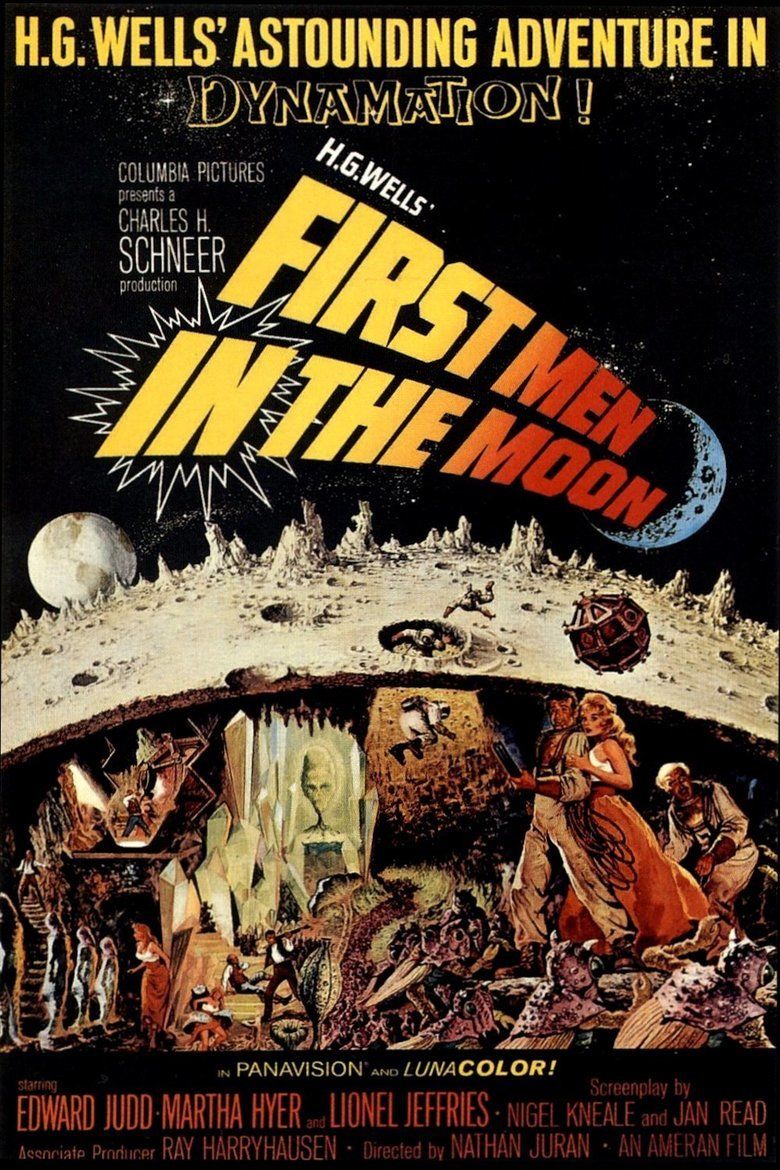 | ||||||||||||||||||||||||||||||||||
Release date 6 August, 1964 (UK) Based on The First Men in the Moon1901 (novel) by H. G. Wells Writer Nigel Kneale (screenplay), Jan Read (screenplay), H.G. Wells (from the original story by) Cast Edward Judd (Arnold Bedford), Martha Hyer (Kate Callender), Lionel Jeffries (Joseph Cavor), Miles Malleson (Dymchurch Registrar), Norman Bird (Stuart), Gladys Henson (Nursing Home Matron)Tagline H.G. Wells' Astounding Adventure in Dynamation! Similar The Airship Destroyer, A Trip to Mars, A Trip to the Moon | ||||||||||||||||||||||||||||||||||
First men in the moon 1964 trailer
First Men in the Moon is a 1964 British Technicolor science fiction film, produced by Charles H. Schneer, directed by Nathan Juran, that stars Edward Judd, Martha Hyer and Lionel Jeffries. It is an adaptation by science fiction scriptwriter Nigel Kneale of H. G. Wells' 1901 novel The First Men in the Moon. Ray Harryhausen provided the stop-motion animation effects, which include the Selenites, giant caterpillar-like "Moon Cows", and the big-brained Prime Lunar.
Contents
- First men in the moon 1964 trailer
- John landis on first men in the moon
- Plot
- Cast
- Spacesuits used
- Comic book adaptation
- References
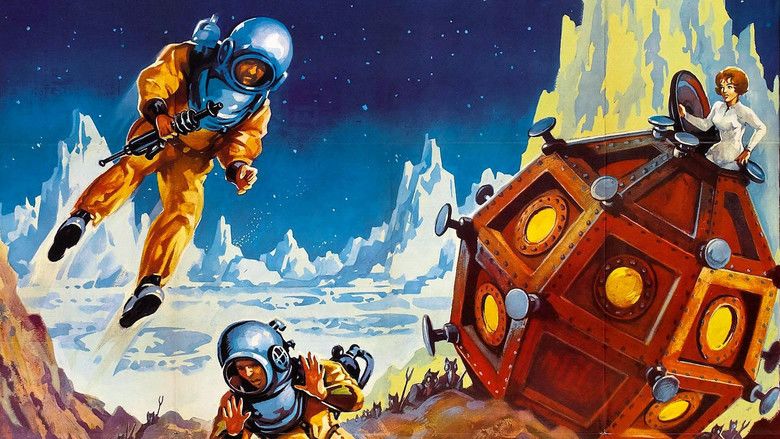
John landis on first men in the moon
Plot
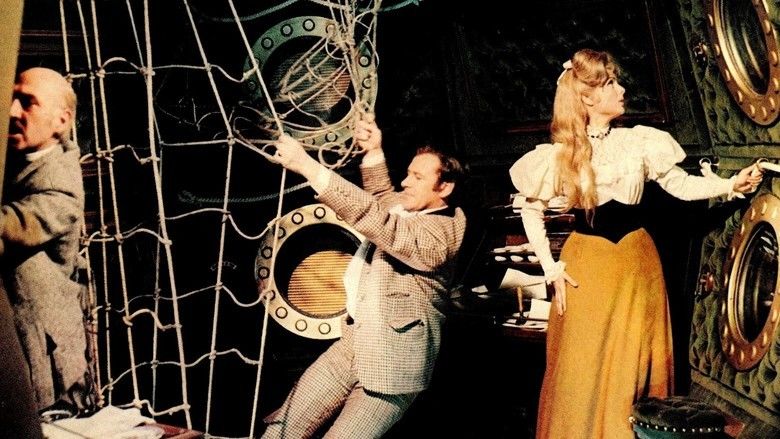
In 1964, the United Nations (UN) has launched a rocket flight to the Moon. A multi-national group of astronauts in the UN spacecraft land on the Moon, believing themselves to be the first lunar explorers. They discover a British Union Jack on the surface and a note naming Katherine Callender, claiming the Moon for Queen Victoria. Attempting to trace Callender, UN authorities find she has died, but find her husband Arnold Bedford now an old man in an old people's home. The nursing home staff do not let him watch television reports of the expedition because, according to the matron, it "excites him", dismissing his claims to have been on the Moon as an insane delusion. The UN representatives question him about the Moon and he tells them his story. The rest of the film, as a flashback, shows what Bedford and Professor Cavor did in the 1890s.
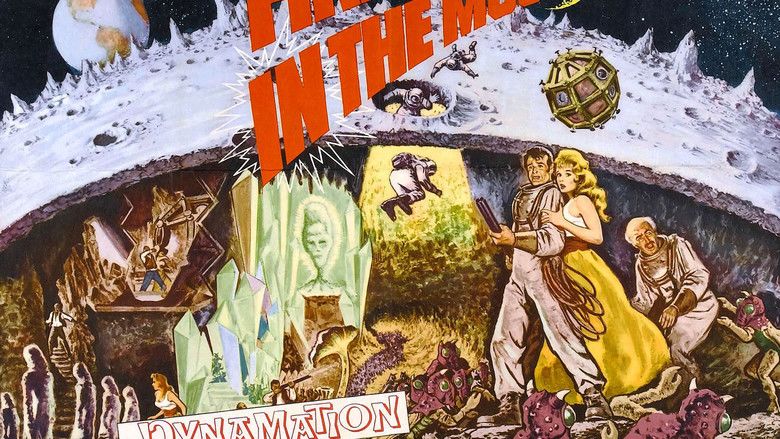
In 1899, Arnold Bedford and his fiancée Katherine Callender – known as Kate – meet an inventor, Joseph Cavor, who has invented Cavorite, a substance that will let anything it is applied to or made of deflect the force of gravity and which he plans to use to travel to the Moon. Cavor has already built a spherical spaceship for this purpose, taking Arnold and (accidentally) Kate with him. While exploring the Moon, Bedford and Cavor fall down a vertical shaft and discover to their amazement an insectoid population, the Selenites, living beneath the surface. (Cavor coins this name for the creatures after the Greek goddess of the moon, Selene). Bedford attacks a group of Selenites in fear -- killing several, despite Cavor's horrified protests. After escaping from the Selenites back to the surface, they discover that their ship, still containing Kate (who stayed behind because Cavor had brought only two spacesuits), has been dragged into their underground city.

The two, following the drag trail, find and enter the city. The city holds a breathable atmosphere, so (unwisely) they remove and leave their spacesuit helmets. Upon finding the living quarters, they are attacked by a giant caterpillar-like "moon bull" which pursues them until the Selenites find out and are able to zap it to death with their Tesla coil-like electrical stun ray gun. Cavor and Bedford see the city's power station, powered by sunlight. In the end, they reach their ship underground. The Selenites quickly learn English and interrogate Cavor, who believes they wish to exchange scientific knowledge; this also leads up to Cavor having a discussion with the "Grand Lunar", the ruling entity of the Selenites. Bedford, however, upon entering the chamber just as the Grand Lunar voices his concerns over human aggressiveness, makes the assumption that Cavor, and presumably all humanity, is on trial, attempts to murder the Grand Lunar with an elephant gun -- failing due to Cavor's attempts to stop him. Running for their lives, Bedford manages to find the sphere and escape, but Cavor stays voluntarily on the Moon.
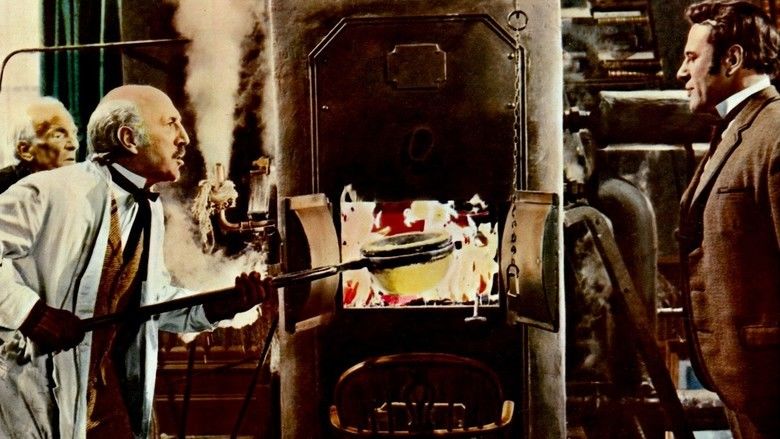
Bedford, along with Kate (who only leaves the ship once, to help repair the damage caused by the Selenites), flies the ship up a vertical shaft, shattering the window cover at the top, and back to Earth. The aged Bedford concludes his story by mentioning that the ship came down in the sea off Zanzibar, and sank, but he and Kate managed to swim ashore. Cavor's ultimate fate remained unknown.

Back in the present day, Bedford, the UN party and newspaper reporters watch on television the latest events on the Moon, where the UN astronauts have broken into the Selenite city and find it deserted and decaying. Moments later, the ruined city starts to crumble and collapse, forcing the landing crew to retreat hastily, and seconds later the city -- and all of its history -- is completely destroyed. Bedford realizes that the Selenites must have been killed off by Cavor's common cold viruses to which they had no immunity.
Cast
* Not credited on-screen.
Spacesuits used
Two types of spacesuits are featured. During the events of the story, which take place in the 1890s, standard diving dresses, each fitted with a 1960s-type aqualung cylinder worn backpack instead of a NASA-type life support backpack, and no lifeline or airline from outside, are used as spacesuits. The film's Victorian-era astronauts may be outfitted in diving suits with oxygen tanks, but their suits are neither pressurized nor heated or cooled. They do not wear protective gloves despite the vacuum of space and extreme cold (and heat) of the lunar surface. There are other technical issues confronting the movie maker: even with heating and cooling provided, using rubber-lined diving suits on the Moon is impractical. Even before the space age began, the 1948 science fiction short story, "Gentlemen, Be Seated!" by Robert A. Heinlein, deftly describes the brittleness of rubber once it is exposed to the vacuum of space.
Cavor and Bedford have no radio and must make their helmets touch each other to talk in the vacuum (although the filmmakers violate this rule several times). It is not clear whether the Selenites have radio. The history of radio was only just starting when the 1890s events were set. Wireless communication from Cavor in the Moon appears in H. G. Wells's novel.
The spacesuit worn by the UN Astronauts is actually the Windak high-altitude pressure suit, developed for the Royal Air Force (here each fitted with a 1960s-type aqualung cylinder worn backpack). These pressure suits would also be used in two Doctor Who stories: William Hartnell's final story "The Tenth Planet" and the Patrick Troughton-Era "The Wheel in Space". They also appear in the original Star Wars trilogy as the costumes for Bossk and Bo Shek.
Comic book adaptation
References
First Men in the Moon (1964 film) WikipediaFirst Men in the Moon (1964 film) IMDbFirst Men in the Moon (1964 film) Rotten TomatoesFirst Men in the Moon (1964 film) themoviedb.org
